Cenote Xlacah
One of the few places where you can visit a cenote and Maya ruins at the same time.
While the majority of cenotes—water-filled sinkholes that dot the Yucatán Peninsula—are dramatically located underground, a few are at ground level. The Xlacah cenote is one such place, making it one of the few cenotes where you can visit a cenote and Maya ruins in one place.
The Xlacah cenote is located in the middle of the archaeological zone of Dzibilchaltún, and it’s believed to have been the main freshwater source for the ancient Maya inhabitants of the city. The story of Dizibilchaltún began around 500 BC when the first populations settled here, partly enticed by the presence of the cenote, which was an endless source of freshwater. The surface area of the pool is only part of a large water system that encompasses underground tunnels and a maximum depth of almost 150 feet. The ancient city reached its apex between the third and sixth centuries, and during this period many wells were dug throughout the area.
Notable among the Maya architecture at the site is the presence of a Spanish open chapel. These open chapels were commonly built out of rubble taken from indigenous temples in order to establish the dominance of Christianity over the native pre-Hispanic beliefs. Dzibilchaltún’s open chapel is one of the oldest found in Mexico, dating back to 1592.
Xlacah has been explored by a few diving expeditions, the first in 1956. During these explorations, archaeological vestiges such as carved bones, clay fragments, and wooden artifacts were found. It is clear from these finds that Xlacah, like many other cenotes in the Yucatán, not only served a practical role for its freshwater but was also part of the belief systems and cosmogony of the local inhabitants.
While you could previously enjoy a swim at Xlacah, as of 2022, the cenote is closed for swimming due to contamination.
Know Before You Go
The Xlacah cenote (also spelled Xlakah) is located inside the Dzibilchaltún Archaeological Site, near Mérida. The site is open daily (except holidays) from 8 a.m. to 5 p.m. Access costs differ for Mexican citizens with ID (MXN $176) and foreigners (MXN $303). It is difficult to get transportation (like a taxi or uber) back from the cenote, so it's best to book travel both ways in advance.

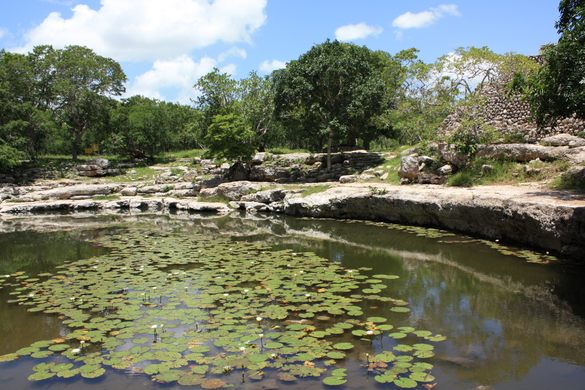
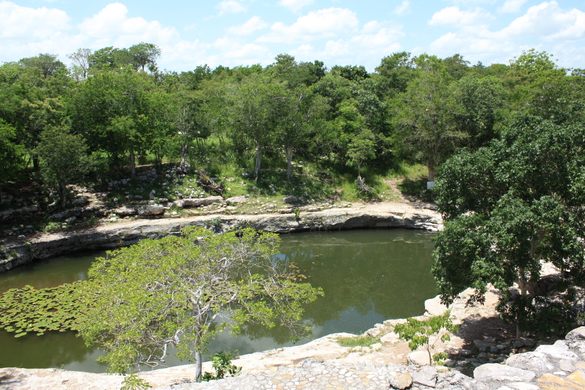
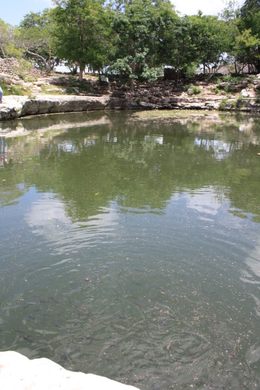
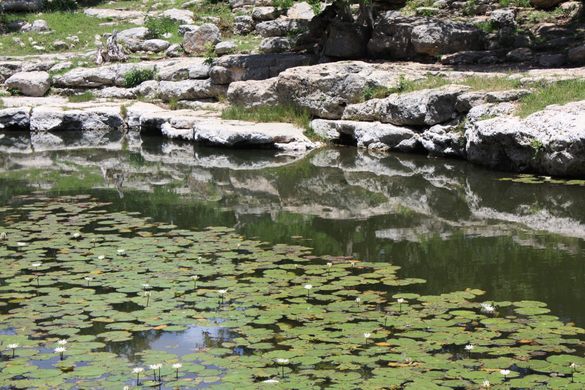














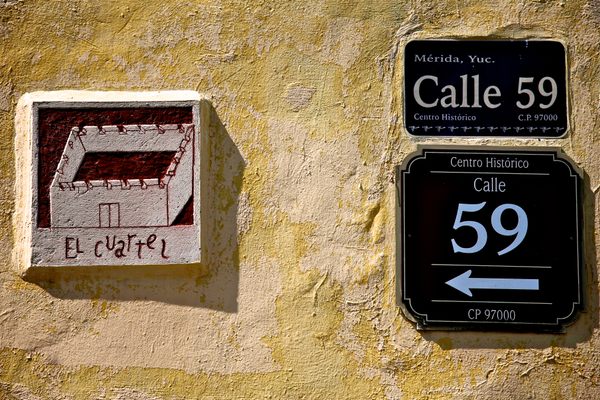
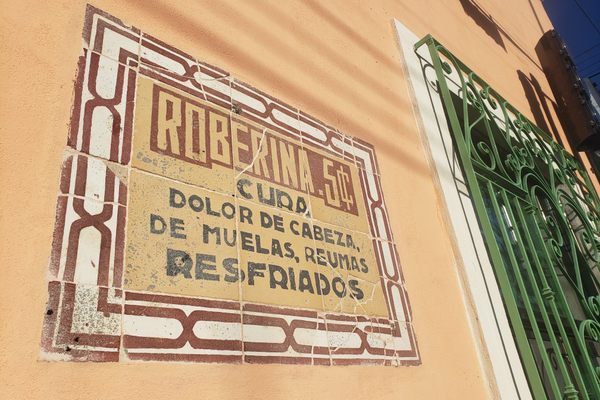






Follow us on Twitter to get the latest on the world's hidden wonders.
Like us on Facebook to get the latest on the world's hidden wonders.
Follow us on Twitter Like us on Facebook